Supreme Court Norway
Supreme Court of Norway (Høyesterett)
The Supreme Court of Norway (in Norwegian, Høyesterett) is the highest judicial authority in the Kingdom of Norway. It has the final say in all legal disputes within the country and is tasked with interpreting and applying Norwegian law.
Key Facts
- Established: 1815
- Location: Oslo, the capital of Norway
- Role: The Supreme Court is responsible for ensuring that Norwegian law is applied uniformly and in accordance with the Constitution. It serves as the court of last resort for appeals in civil, criminal, and constitutional matters.
Functions of the Supreme Court
Final Court of Appeal
- The Supreme Court is the final court for both civil and criminal cases in Norway. It handles cases that have already been heard in lower courts, typically the Court of Appeal (Lagmannsrett) and in some cases, district courts (Tingrett).
- The court does not normally hear the factual aspects of a case but focuses on legal questions, such as the interpretation of laws or their constitutionality.
Constitutional Review
- The Supreme Court plays a vital role in reviewing whether legislation and government actions are in line with the Constitution of Norway. If a law or government action is found to be unconstitutional, the court can invalidate or strike it down.
Judicial Precedent
- While Norway does not have a common law system, the Supreme Court's decisions carry great weight. These decisions serve as legal precedents that lower courts often follow in subsequent similar cases. This is particularly important in areas where the law might not be clearly defined.
Advisory Role
- The court also has an advisory role, providing opinions on legal matters referred to it by the government or parliament, although its advisory capacity is limited.
Composition
Number of Justices: The Supreme Court is composed of 20 justices, including the Chief Justice. The justices are appointed by the King in Council (the Cabinet) on the recommendation of the Parliament (Stortinget).
Chief Justice: The Chief Justice of the Supreme Court leads the court's work and represents the judiciary in Norway. The Chief Justice is appointed for a fixed term, but the tenure can be extended.
Process of Appointment
Appointments: Justices are appointed for life, though they are expected to retire at the age of 70.
Selection Process: The selection process involves recommendations from the Norwegian Parliament (Storting), and the King formally appoints the justices. The justices are selected based on legal expertise, experience, and merit.
Structure of the Court
Divisions: The Supreme Court of Norway generally works through two main divisions:
- General Assembly: A panel of all justices is sometimes convened for major cases or constitutional matters.
- Smaller Panels: Most cases are handled by smaller panels of justices (typically five justices). In some complex cases, a larger panel may be used.
Court's Work: The court is based in Oslo, but it functions nationwide, hearing cases from all regions of Norway. It works in conjunction with regional appellate courts to ensure consistency in the application of the law.
Notable Aspects of the Court
Norwegian Legal System: Norway follows a civil law system, and the Supreme Court is central in interpreting statutes and ensuring that laws are consistent with both national and international obligations.
Constitutional Review: The court is empowered to review laws to ensure they align with the Norwegian Constitution. Norway has a strong legal tradition of constitutional review, though it is not as expansive as in some other countries.
Judicial Independence
- The Supreme Court operates with complete independence from the legislative and executive branches of government, ensuring that its rulings are based solely on law and legal principles.
Public Access and Transparency
Open Hearings: The Supreme Court’s hearings are generally open to the public, and its judgments are published. The court also makes its written opinions available to the public and legal professionals.
Transparency: The court’s work is highly transparent, and its decisions are readily accessible through its official website and legal databases.





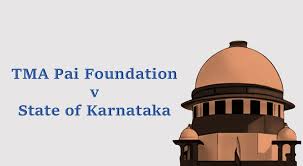


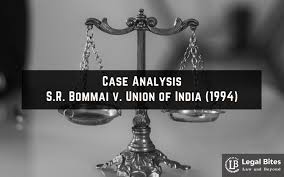








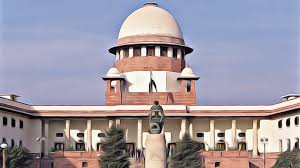

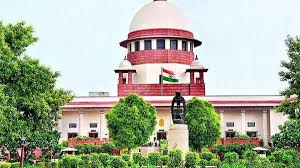









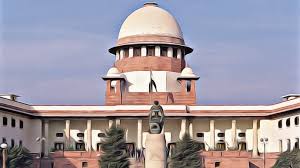




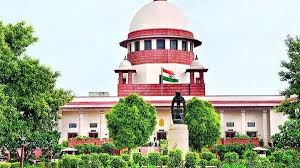








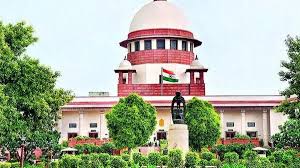

















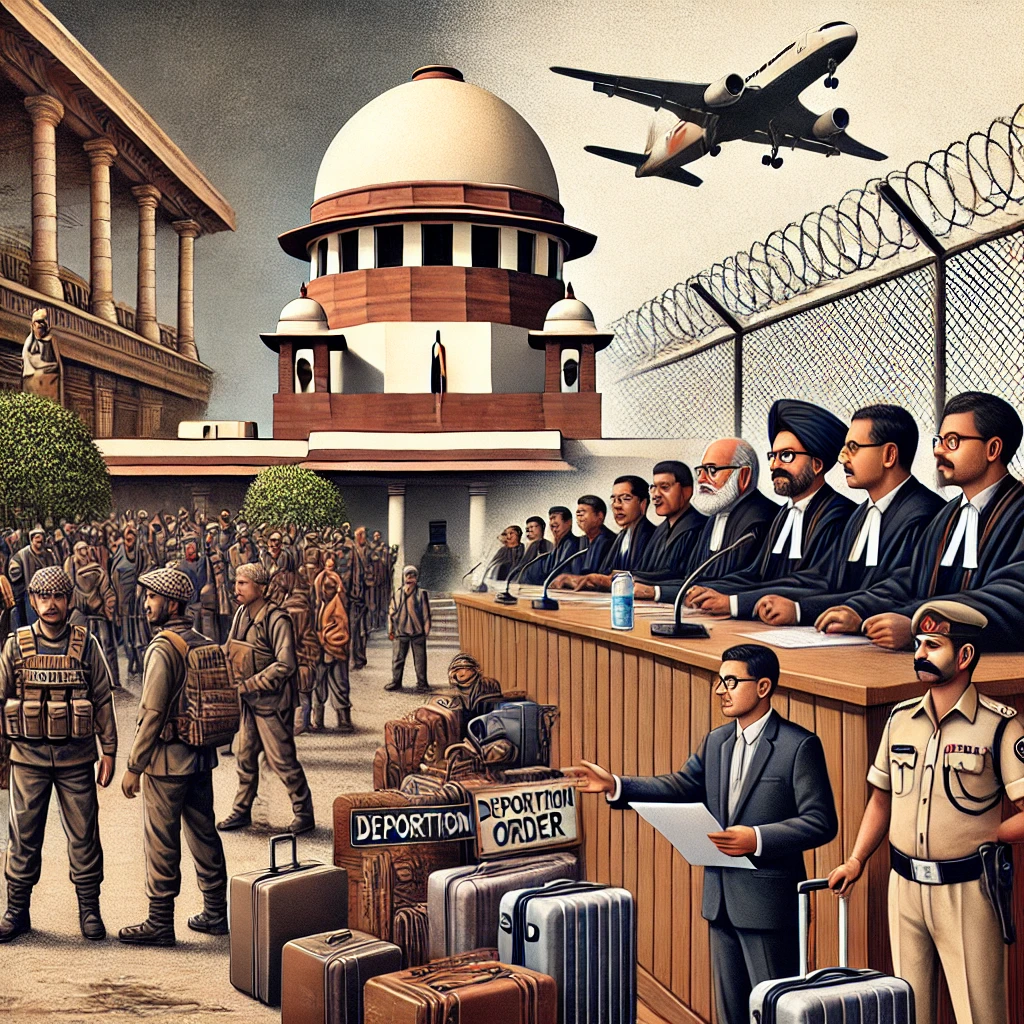
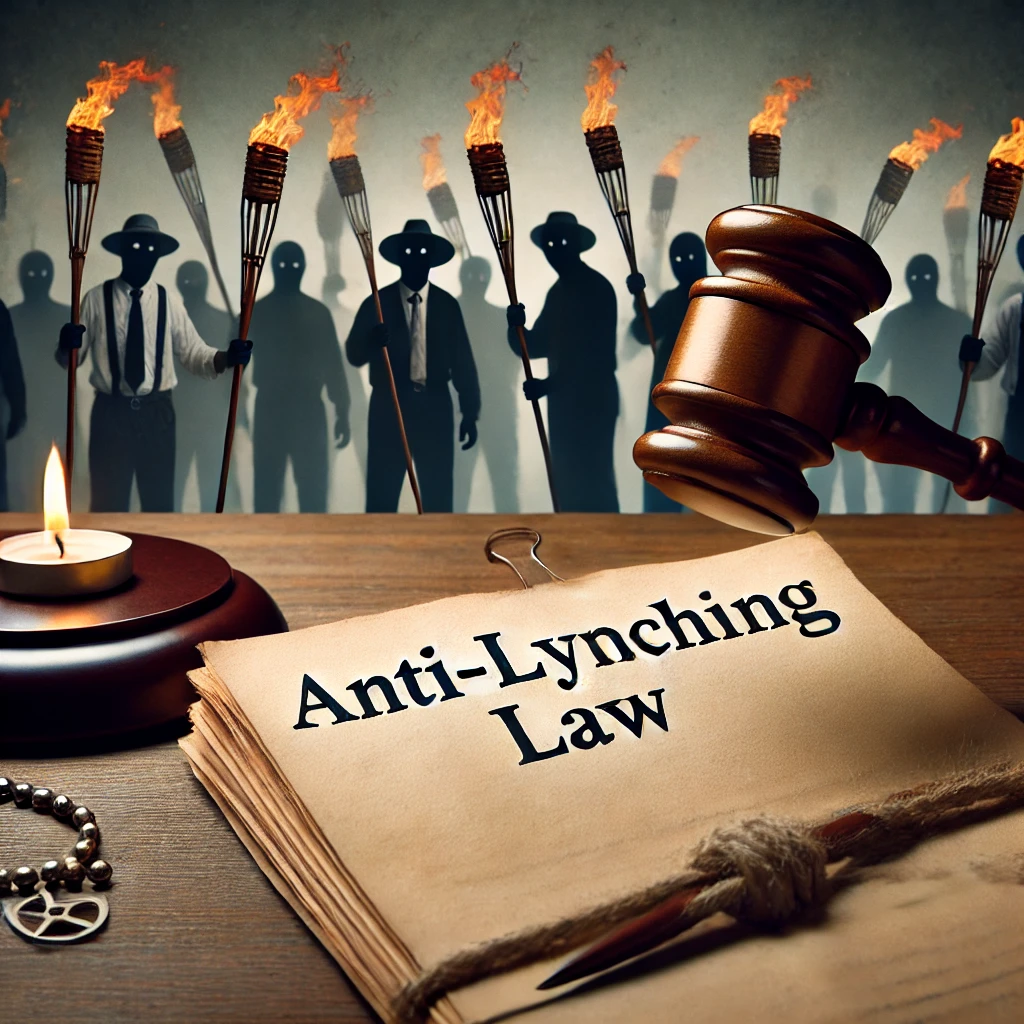
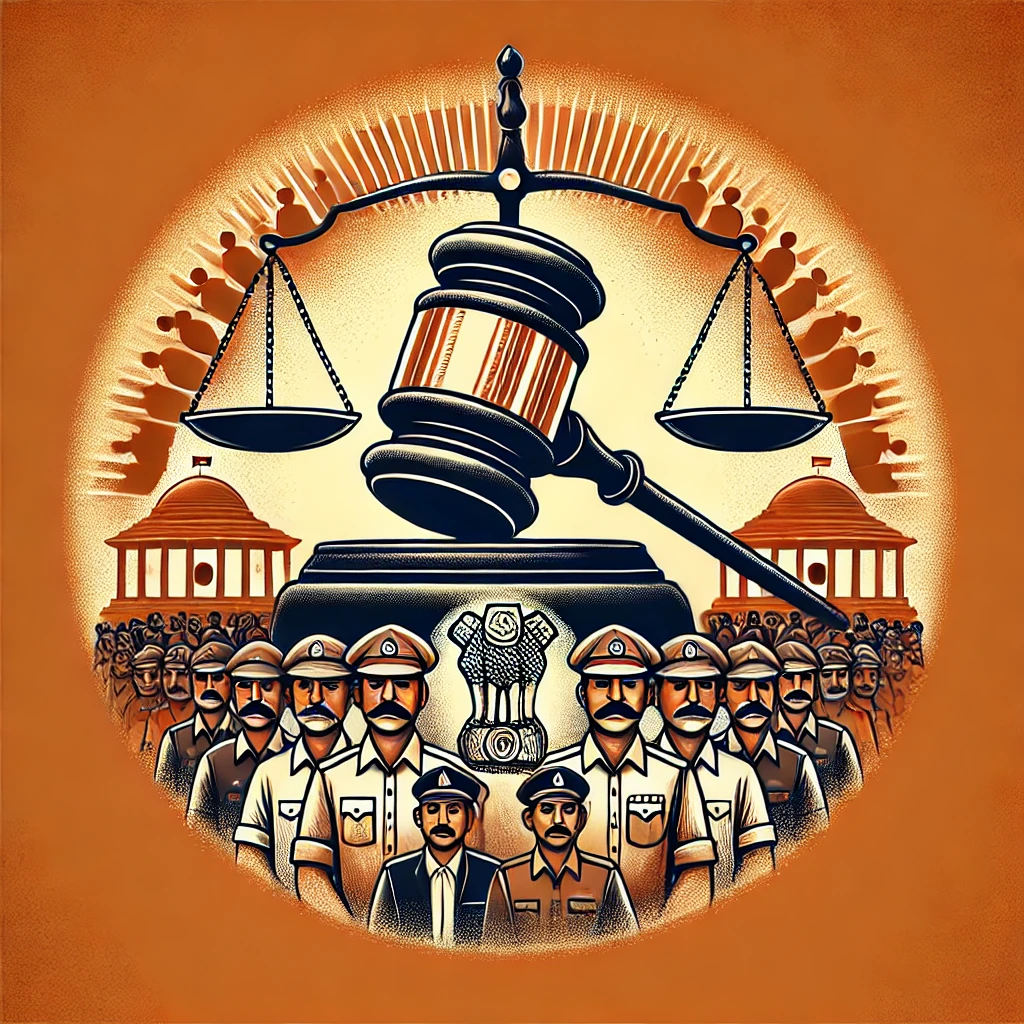


















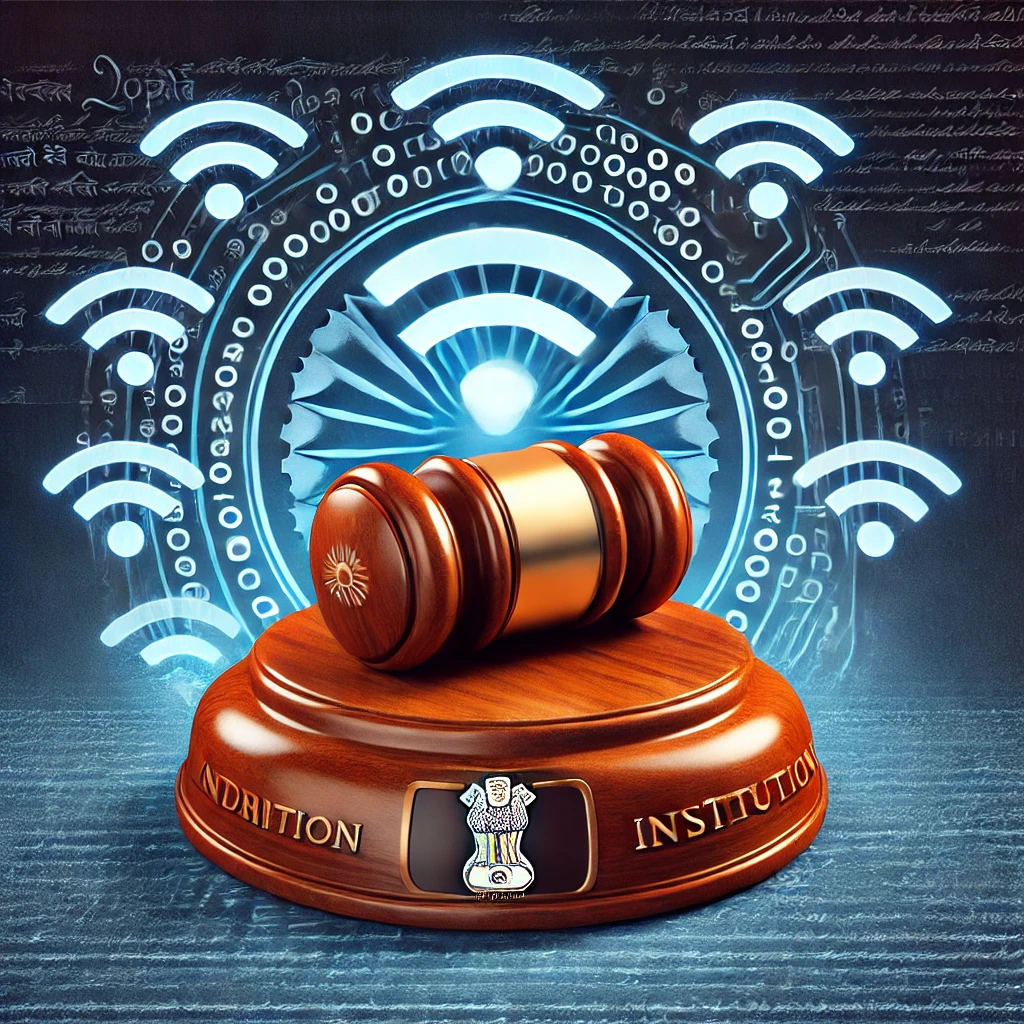




















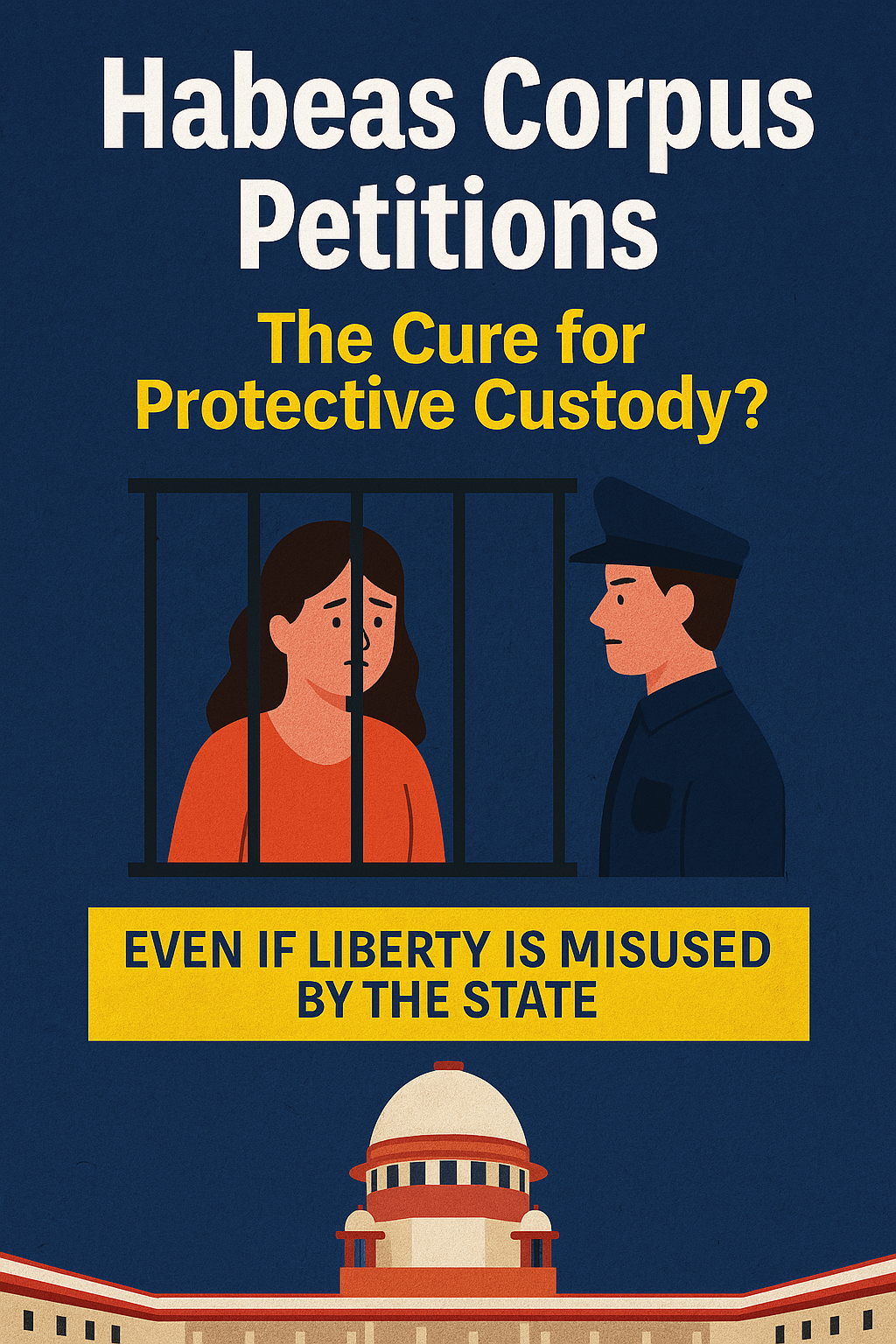













































































































































































































































































































0 comments